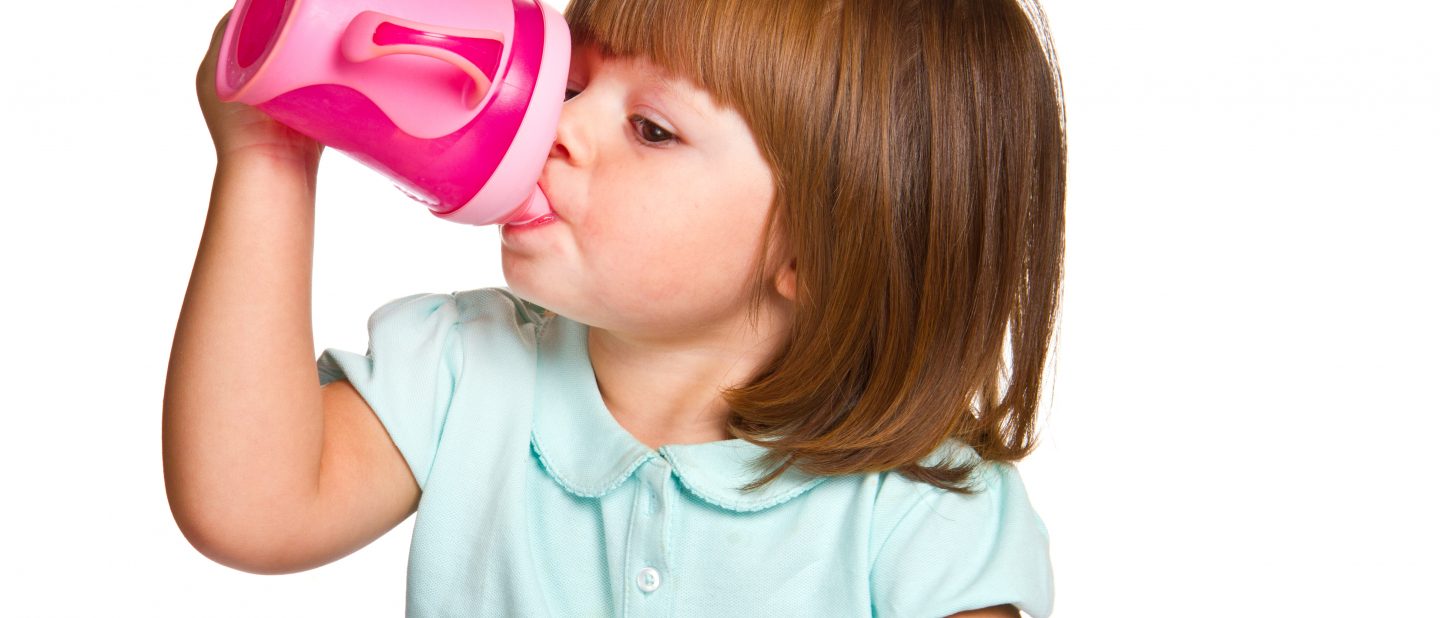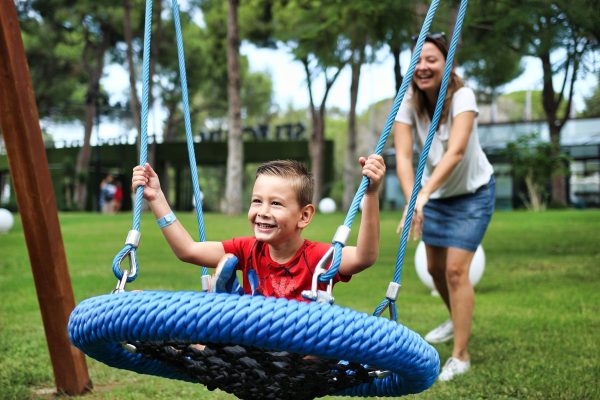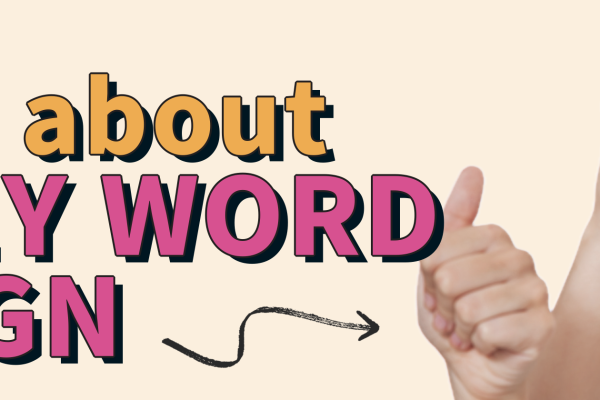
Steps to drinking independently
By Deb Hopper – Registered Occupational Therapist (BHlthSc (OT) CSturt; MHlthSc (OT)
Learning to drink can be tricky (and messy!) for all children. It can also be confusing for parents to know what age is suitable for changing from bottle to sippy cup, to open cup. Should babies transition direct from breast to bottle or to a valve sippy cup?
It’s okay; hang in there. Here is some background, and some guidelines, to help you develop drinking skills with your preschool child. And, if your child has special needs, these guidelines may also give you some new ideas to try to support drinking with older children.
Skills for drinking start developing immediately after birth. The amazing skills newborns show for breast and bottle feeding is the first step in developing drinking skills as a toddler and pre-schooler. From 2-4 months, an infant can move their hand towards the breast/bottle while feeding, showing their first interest in drinking. By 6-9 months, babies can hold a bottle with both hands and use a cup with help. 12-15 month olds can hold a cup with both hands and take a few sips without help. 15–18 months can typically suck with a straw.
For each of these stages, the infant/toddler is using an amazing amount of coordination of not only mouth muscles, but also postural and sensory processing skills to be able to drink (and eat). If a child is struggling with developing drinking skills, referral to an Occupational Therapist or Speech Pathologist may be recommended to help problem solve IF there are any underlying developmental issues that are making drinking difficult. They will help problem solve if any of the following are impacting on independent drinking skills or drinking development:
- Postural skills – is your child able to sit up strongly in their chair while drinking? If they are not able, do they need postural supports to assist in good posture for drinking or do they need a reclined chair to reduce the demands of sitting up?
- Balance skills – does your child feel safe and secure in an upright sitting position? The best sitting position to reduce the balance demands of sitting is to sit with their feet well supported in their chair or high chair. Have you ever tried to sit on a bar stool for an hour? The balance demands of not having your feet well supported is tiring and if your balance is poor, sitting is really difficult.
- Upper arm coordination and strength – once we are sitting well, we can reach out to our cup and try and pick it up, maintain a hold and try and move it towards our mouth. Wow! Now that we have the cup/bottle/sippy cup near our mouth, let’s try and drink!
Top Five Tips to Support Drinking
- Check that your child’s posture is well supported. Make sure their feet are resting on highchair foot plates, or put a stool or box under their feet. For toddlers sitting in a booster seat, bring seat to the very front edge of the seat and put a pillow behind booster. Their knees need to be at a 90 degree angle.
-
Choose a suitable ‘cup’ that your child can currently manage with, whether this is a bottle, sippy cup with valve, straw bottle, sippy cup with no valve,
or open cup. - Experiment with how well they can hold the cup. Do they need two handles, one handle or no handles to hold the cup?
- Support your child from behind. Help them hold the cup if needed and gradually reduce your help.
- Be encouraging. Say “You can do this!” or “You can try this”.
If you are concerned about how drinking skills are developing, ask your child and family health nurse, doctor, occupational therapist or speech pathologist. Reach out to someone and they will be happy to help
Deb Hopper – Registered Occupational Therapist (BHlthSc (OT) CSturt; MHlthSc (OT) Syd.)
Occupational Therapist at Life Skills for Kids and Abilitations
www.lifeskills4kids.com.auw






